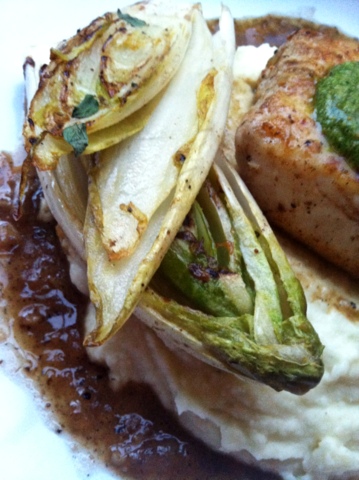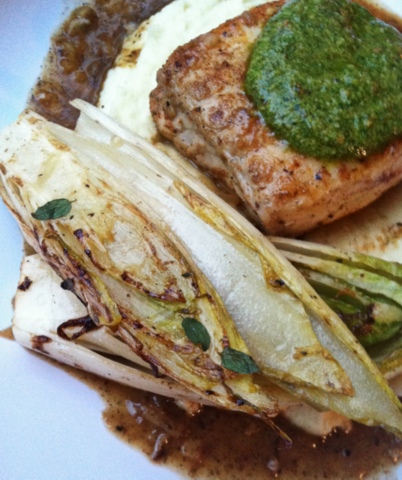I went to the same school for 14 years.
No, I did not repeat second grade 6 times. Ravenscroft offers three separate school units all on one giant campus–pre-school through senior year. Going to the same place from age 4 to 18 meant two things. One, that I successfully held the record for number of tardies in one single semester–48, thank you very much. And two, that everything that was “normal” at Ravenscroft was normal to me.
The first time I shared a childhood playground story with my best friend, who I met in college, I remember the puzzled look on her face. When Sara bluntly asked me how many years I attended this “special” school I realized that we were talking about two different things. While most other educational facilities refer to their younger grades as elementary school, to all of us Ravens–we were part of lower school.
I then informed Sara that yes, this was a traditional learning environment simply with a different name and no, I did not have to wear a helmet to class.
The other day I was pleasantly surprised by a post on my Facebook wall from an old friend asking me for different methods of eating and cooking endive. After thoroughly answering her question and providing a few tips, I decided to put my foodie expertise to the test. The truth is that I had never cooked with endive before, but knew that it was a bitter green cabbage-like vegetable that could be treated with techniques that I already knew.
Braising is one of the oldest techniques in the book. It’s simply browning an ingredient and then finishing it by cooking it in liquid. The treatment of the endive was simple (no formal recipe required).
This “old school” method goes out to my good friend Leigh, who I shared many memories with…in Lower School.
- Rinse the endive
- Slice the bottoms off and slice again in half (lengthwise) and rub with olive oil, kosher salt, and pepper
- Melt olive oil and butter over medium heat in a saucepan
- Put endive flat-side down and leave untouched for 2-3 minutes until caramelized
- Flip and caramelize the other side
- Add a splash of white wine (and some chicken or vegetable stock if you have it on hand) to the pan and a touch more butter
- Cook on both sides until the liquid has been soaked into the endive
- Finish with more salt and pepper and fresh Greek oregano; Greek oregano has a brighter, sweeter flavor than regular oregano, but thyme or regular oregano are perfect substites
- Serve alongside simply cooked fish, soft scrambled eggs with goat cheese, or by itself
*Note to novice endive eaters. The thicker part of the stalk will be more fibrous, but you don’t want to cut it out because it helps keep the leaves together once you slice the bottom off. It’s okay if some of the leaves separate in the pan. The thicker part of the stalk will be crunchier while the leaves will be more tender.*







